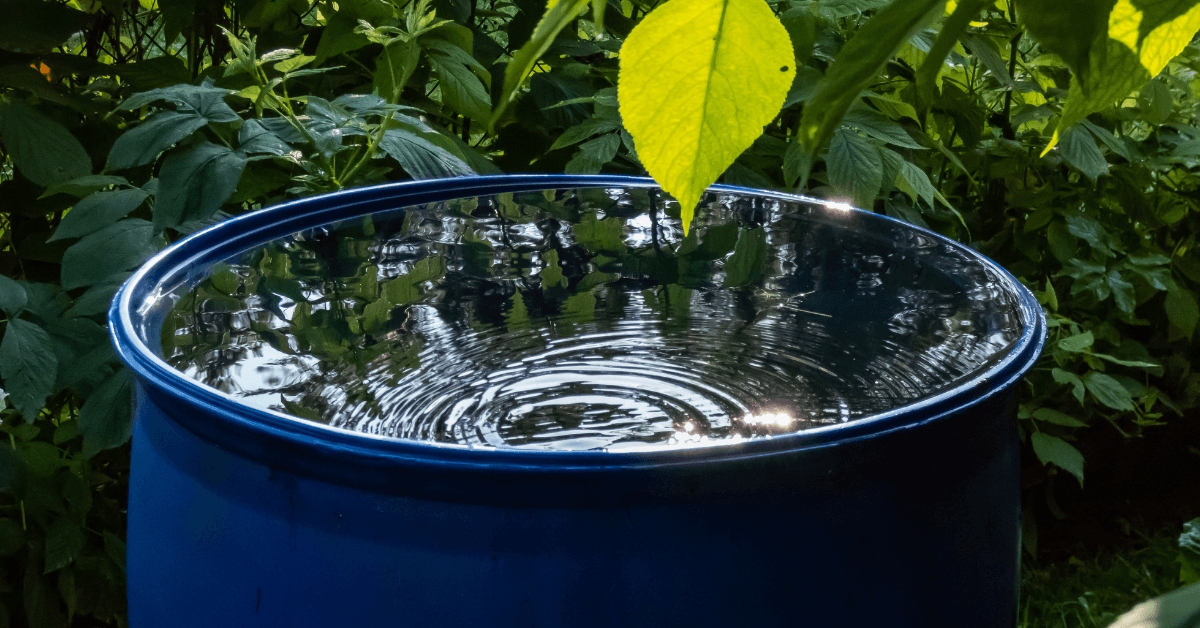Harvesting Water from the Atmosphere: A Prospect for Sustainable Water Solutions
Worldwide, more than 2 billion people are impacted by water scarcity. Atmospheric Water Harvesting-There is now hope thanks to cutting-edge technology like atmospheric water harvesting (AWH). This blog examines the advantages, difficulties, and practical uses of AWH. Let’s explore this groundbreaking strategy for ensuring clean water.
Atmospheric water harvesting: what is it?
Moisture is extracted from humid air via atmospheric water harvesting. It doesn’t depend on rainfall or groundwater like conventional techniques do. Rather, sophisticated systems use hybrid technologies, desiccants, or temperature adjustments to condense water vapor.
Scientists created AWH to address water scarcity and drought. The method scaled up the natural dew generation process for human consumption. This is AWH in action—imagine extracting liters of water per day from thin air.

What is the process of atmospheric water harvesting?-Atmospheric Water Harvesting
Desiccant-based absorption and cooling condensation are the two main techniques used in AWH systems.
1. Cooling Condensation (Dew Harvesting)
By lowering the air’s dew point, this technique causes vapor to condense into liquid. Consider how, on a hot day, cold soda cans “sweat.” Large-scale versions employ refrigerated units or passive cooling approaches.
For instance, AWH devices that run on solar power cool the air at night. Without outside assistance, they gather water in the morning. These systems operate well in wet locations but suffer in dry settings.
2. Absorption Based on Desiccant
Desiccants that absorb moisture from the air include metal-organic frameworks (MOFs) and silica gel. After saturation, heat releases the contained water. This technique works well in arid, low-humidity environments.
Researchers recently developed super-absorbent MOFs that can absorb water even at 10% humidity. These developments might turn arid regions into areas that are secure in water.
AWH Innovation-Driven Technologies: Solar-Powered AWH Units
Reliance on power is lessened by solar energy. Condensers or heat desiccants are powered by panels, which makes systems environmentally beneficial. In areas that are prone to drought, businesses such as Zero Mass Water have already implemented solar AWH.
Hybrid systems
Combining cooling and desiccant techniques increases efficiency. Hybrid devices ensure constant production in various conditions. For example, in the desert of Arizona, MIT’s 2021 prototype generated 5 liters per day.
Nanotechnology
Materials with nanoengineering improve moisture absorption. Water collection is accelerated by the increase in surface area provided by graphene oxide sheets or polymer nets. Additionally, these materials lower energy requirements.
Advantages of harvesting water from the atmosphere
1. Addressing Water Scarcity
Decentralized water sources are offered by AWH. Expensive pipes are no longer necessary for remote settlements. A single unit can support clinics, schools, and residences.
2. Eco-Friendly
Conventional water extraction damages ecosystems and depletes aquifers. AWH does not require groundwater; instead, it uses renewable air moisture. Carbon footprints are further reduced via solar integration.
3. Assistance for Disasters
Water supplies are frequently disrupted by earthquakes or hurricanes. Emergency water may be delivered via portable AWH units in a matter of hours, potentially saving lives.
4. Potential for Agriculture
Farmers can use AWH to irrigate crops in desert areas. Greenhouses in Israel and Chile are already supported by small-scale systems.

Obstacles and restrictions
Energy Use
AWH that relies on cooling uses a lot of energy in arid areas. Limitations in storage make it difficult to operate continuously, even with solar power.
High Starting Expenses
MOFs, or advanced desiccants, are still pricey. Many towns cannot afford the $3,000 cost of a single residential unit.
Dependency on the Climate
Low humidity causes cooling systems to work poorly. Heat is necessary for desiccant models, although it’s not always accessible. Hybrids increase complexity while resolving some problems.
Needs for Maintenance
Regular replacement of desiccants and filters is necessary. Pollutants or dust can clog systems, decreasing their effectiveness.
Applications of AWH in the Real World:
1. “Hydropanels” in Zero Mass Water
These solar panels not only supply households and schools in more than 50 nations with 5–10 liters of water each day, but they also provide a reliable source of water during dry seasons. Furthermore, users consistently praise their dependability, especially during droughts when water scarcity becomes a major challenge.
2. The Military Units of Water-Gen
The Israeli army uses Water-Gen’s AWH devices in field operations. Every day, each unit produces more than 20 liters, which is essential for military safety.
3. The Desert Prototype at MIT
Engineers from MIT tested a solar-powered AWH gadget in Arizona in 2021. Even at 20% humidity, it generated potable water without the need for energy.
4. Initiatives by NGOs
Nonprofit organizations such as WaterAid install AWH systems in African villages. Today, a Kenyan project empowers mothers and children by supplying 2,000 liters each day.
The Prospects of Atmospheric Water Harvesting: Advances in Material Science
Biomimetic materials and new MOFs promise higher efficiency. For instance, UC Berkeley’s ‘water harvester’ uses MOF-303 to extract 1.3 liters/kg per day at 10% humidity.
AI-Enhanced Frameworks
Machine learning can optimize water collection by forecasting weather trends. Smart AWH units may change their settings in response to sunshine or humidity.
Government policies: Countries like the UAE and India currently fund AWH research. Subsidies might reduce costs, hastening adoption in areas with water scarcity.
Integration of Cities
AWH units may be a part of HVAC systems in future buildings. Imagine workplaces using the exhaust from air conditioners to collect water!

Ways to encourage AWH adoption advocates to secure funding
Encourage local authorities to fund AWH trial projects. Tell success tales from Australia or Chile.
Give to non-governmental organizations.
Organizations such as Charity: Water use AWH in disaster areas. A family may buy water for a week for as little as $50.
Adopt Household Units
Install solar AWH panels at home if you can afford it. Encourage your neighbors and use less groundwater.
Raise Awareness
Spread the word about this blog! Global transformation is accelerated by education.
Conclusion: Water Security Enters a New Era
Harvesting water from the atmosphere is not science fiction; rather, it is a reality today. Moreover, innovations in solar panels and nanotechnology are significantly increasing the scalability and efficiency of AWH. However, even though cost remains a challenge, researchers are actively working to find effective solutions.
As a result of AWH, communities all around the world now have access to clean water. By promoting this technology, we can work together to create a future that is more resistant to drought. So, join us in spreading hope and making a difference—bookmark this site for regular updates!
FAQ:
How to harvest water from the atmosphere?
- Use desiccants or cooling condensation to collect atmospheric water. To condense vapor, first cool the air below its dew point. As an alternative, use materials like silica gel to collect moisture and then use heat to release it.
Do atmospheric water generators really work?
- Indeed, they function well in humid environments. Solar-powered machines produce 5–10 liters per day. Advanced desiccants are necessary in dry regions, nevertheless. Hydropanels and other real-world examples demonstrate their dependability for households and communities.
What is the meaning of atmospheric water?
- Moisture suspended in air as vapor is referred to as atmospheric water. Through transpiration and evaporation, it naturally develops. This invisible reservoir not only sustains rain cycles but also serves as a renewable source of drinking water
What are the atmospheric sources of water?
- Dew, fog, clouds, and water vapor are examples of primary sources. Evaporation from soil, lakes, and seas also plays a role. Only 0.001% of the 12,900 km³ of vapor in the air may be harvested.



